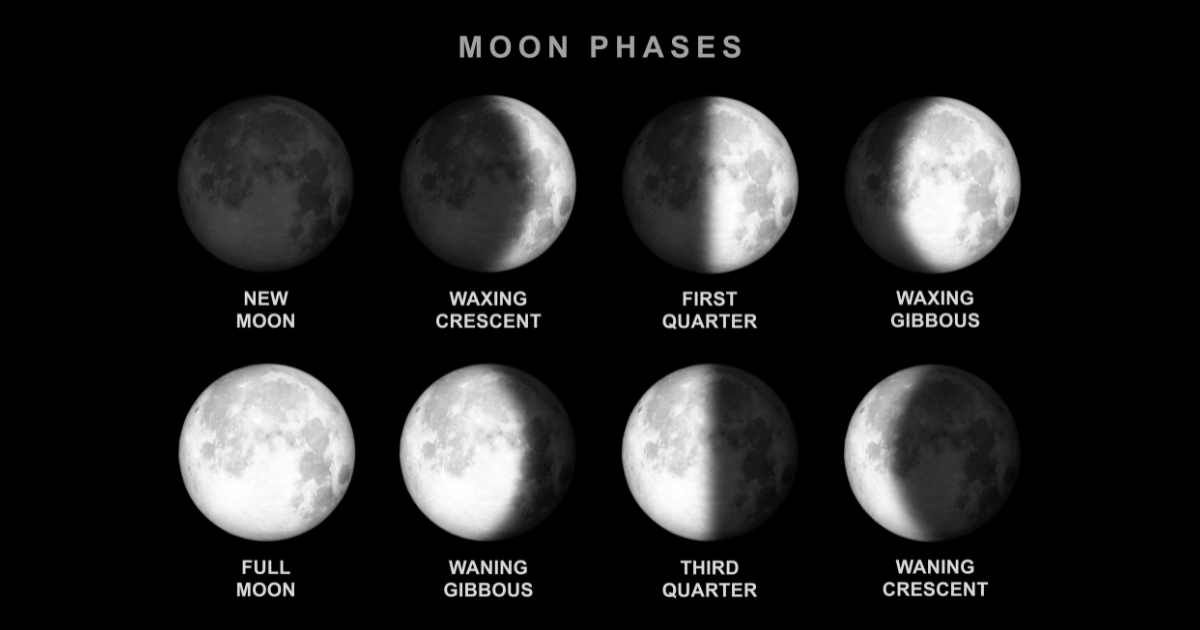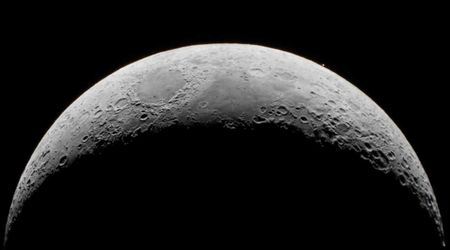Find Your Birthday Moon Phase

Discover which moon was watching over the world on the day you were born! Enter your birthday to find out.
How to use the birthday moon phase calculator
- Step 1: Enter your birthdate in the MM/DD/YYY format by clicking the 'Show Date Picker' icon in our simple and user-friendly tool.
- Step 2: Once you've filled in your birthdate, click 'Get Birthday Moon Phase' and our algorithm will calculate the exact phase of the Moon on that particular date.
- A comprehensive breakdown of your birthday lunar phase will be provided, including its name, level of brightness (illumination rate), distance from Earth, degree of tilt, and corresponding astrological sign.
Frequently Asked Questions
What is a lunar phase?
The moon appears in different shapes each night, ranging from a fully illuminated disk to only a small sliver of its surface. These observable lunar shapes that we see at different times of the month are called the moon's phases. They result from the changing perspective of the moon as it orbits the Earth.
How many lunar phases are there?
There are mainly eight lunar phases that are displayed sequentially as the moon moves through its 29.5-day cycle each month - New Moon, Waxing Crescent, First Quarter, Waxing Gibbous, Full Moon, Waning Gibbous, Third Quarter, and Waning Crescent.
Does my birth moon phase affect my personality?
While there is no scientific evidence linking moon phases to personality traits, many cultures and astrological practices believe that the phase of the moon during your birth can have subtle influences on your personality and life experiences.
Can I find out the moon phases for other significant dates?
Absolutely! You can use our tool for any date you're interested in. You may want to find out the moon phase on a loved one’s birthdate, providing you with an astronomical snapshot of the day they entered the world.
Is there a chance my birthdate moon phase will repeat on my future birthdays?
Yes, there is a chance that your birthdate moon phase may match again in the future. This is because of the Metonic Cycle — a period of about 19 years, after which the phases of the moon repeat on almost the same dates of the solar calendar.
Is my data safe when I enter my birthdate in the tool?
Absolutely. Your privacy is paramount to us. We use your birthdate solely for the purpose of calculating your birth moon phase. We do not store or use your data for any other purposes.
What is the rarest moon phase to be born under?
The New Moon phase is generally considered the rarest moon phase to be born under, as it is the shortest visible phase and occurs when the New Moon is completely shadowed from Earth's view.
How do moon phases affect stargazing?
Monitoring the moon phases is a significant task that stargazers practice frequently, as they impact sky visibility. On a Full Moon, the bright light can hide faint stars, meteor showers or other deep sky objects. Therefore, it is the least preferred time for sky watching. However, during the New Moon phase, amateur astronomers and space enthusiasts enjoy the optimal conditions for stars, constellations and other celestial events in the darkest skies.









